Dogs have been our faithful companions for thousands of years. Their loyalty, playfulness, and unconditional love make them cherished members of our families. But have you ever wondered how your actions affect your furry friend? As much as they adore us, there are certain human behaviors that dogs appreciate, and others they wish we’d stop. Let’s take a look into the world of canine preferences.
1. The Power of a Gentle Scratch
Dogs may not speak our language, but they’re always communicating with us—through body language, behavior, and reactions to the things we do. Some of our actions make them feel loved and secure, like gentle petting, consistent routines, and calm energy. But other human behaviors, even those done with good intentions, can confuse, annoy, or even stress them out—like hugging too tightly or using too many words instead of clear signals. Understanding what your dog loves and what they’d rather avoid can strengthen your bond and improve communication.
Dogs absolutely relish the sensation of a gentle scratch behind the ears or on their bellies. It’s akin to how we feel when someone gives us a soothing back rub. This simple act not only feels good to them but also strengthens the bond between you and your pet. Dogs have sensitive skin, and a gentle touch can convey love and security. When you see your dog closing its eyes and leaning into the scratch, you know you’ve hit the sweet spot. It’s their way of saying, “Thank you, human, that feels amazing!”
2. A Consistent Routine
Consistency is key in a dog’s world. They thrive on routine and predictability. When meals, walks, and playtimes happen at the same time every day, dogs feel secure and confident. Routine helps to reduce anxiety and stress, as they know what to expect and when. Imagine the comfort of knowing your favorite TV show airs at the same time every week; it’s the same for dogs with their daily schedule. This predictability offers them a sense of control in an otherwise human-dominated world.
3. Taking Time for Play
Playtime is a crucial part of a dog’s day. Whether it’s a game of fetch, tug-of-war, or simply running around the backyard, play helps dogs expend energy and stay fit. Play is also a fantastic way for dogs to engage their minds and bodies, offering both physical and mental stimulation. Think of it as their gym session and brain workout combined. When you engage with them in play, it reinforces your bond and keeps them happy and healthy.
4. The Joy of Walks
Walks aren’t just about exercise; they’re a dog’s window to the world. Every walk is an adventure filled with new sights, smells, and sounds. It’s a sensory delight that keeps their minds sharp and spirits high. Regular walks also provide essential exercise, helping to maintain a healthy weight and prevent behavioral problems. For dogs, walking alongside their human is a bonding experience, a shared journey that strengthens their trust and affection for you.
5. The Comfort of a Safe Space

Dogs need a place to retreat and relax, a sanctuary they can call their own. This could be a cozy bed, a crate, or a favorite corner of the house. Having a designated safe space allows dogs to unwind and recharge, especially after a busy day of interactions and activities. It’s similar to how we might feel about our favorite reading chair or bedroom. When dogs have a secure spot, they feel more at ease and can truly relax.
6. Praise and Positive Reinforcement

Just like humans, dogs thrive on positive reinforcement. Praising good behavior with words, treats, or affection encourages them to repeat those actions. Positive reinforcement builds their confidence and reinforces the bond you share. Imagine how motivated you feel when someone acknowledges your hard work; dogs feel the same way when you praise them. It’s a simple yet powerful way to communicate your appreciation and love.
7. Respecting Their Boundaries
While dogs are generally affectionate, they also have their boundaries. Sometimes they need space, and it’s important to respect that. Forcing interactions when they’re not in the mood can lead to stress and anxiety. Recognizing when your dog needs a break and giving them space shows that you respect their feelings and needs. It’s like when we need a moment of solitude after a busy day; dogs appreciate the same consideration.
8. Speaking in a Calm Tone
Dogs are incredibly attuned to the tone of our voices. A calm, gentle voice can soothe and reassure them, while a harsh or loud tone can create fear and confusion. Speaking to your dog with kindness and patience fosters a positive environment and strengthens your relationship. It’s similar to how we react to a comforting voice in stressful situations. A calm tone can make all the difference in how dogs perceive and respond to us.
9. The Gift of Socialization
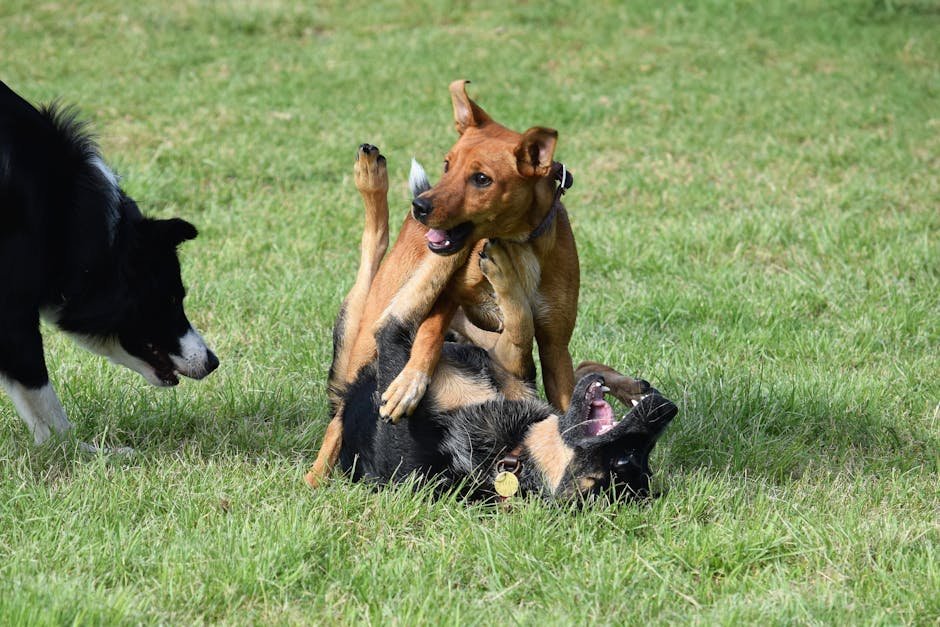
Socialization is vital for a dog’s well-being. Meeting new people and other dogs helps them develop confidence and reduces fear-based behaviors. Regular social interactions contribute to a well-adjusted, happy dog. It’s like attending social gatherings for humans; it broadens their horizons and enhances their social skills. By exposing your dog to various environments and experiences, you help them become more adaptable and resilient.
10. The Warmth of Cuddles
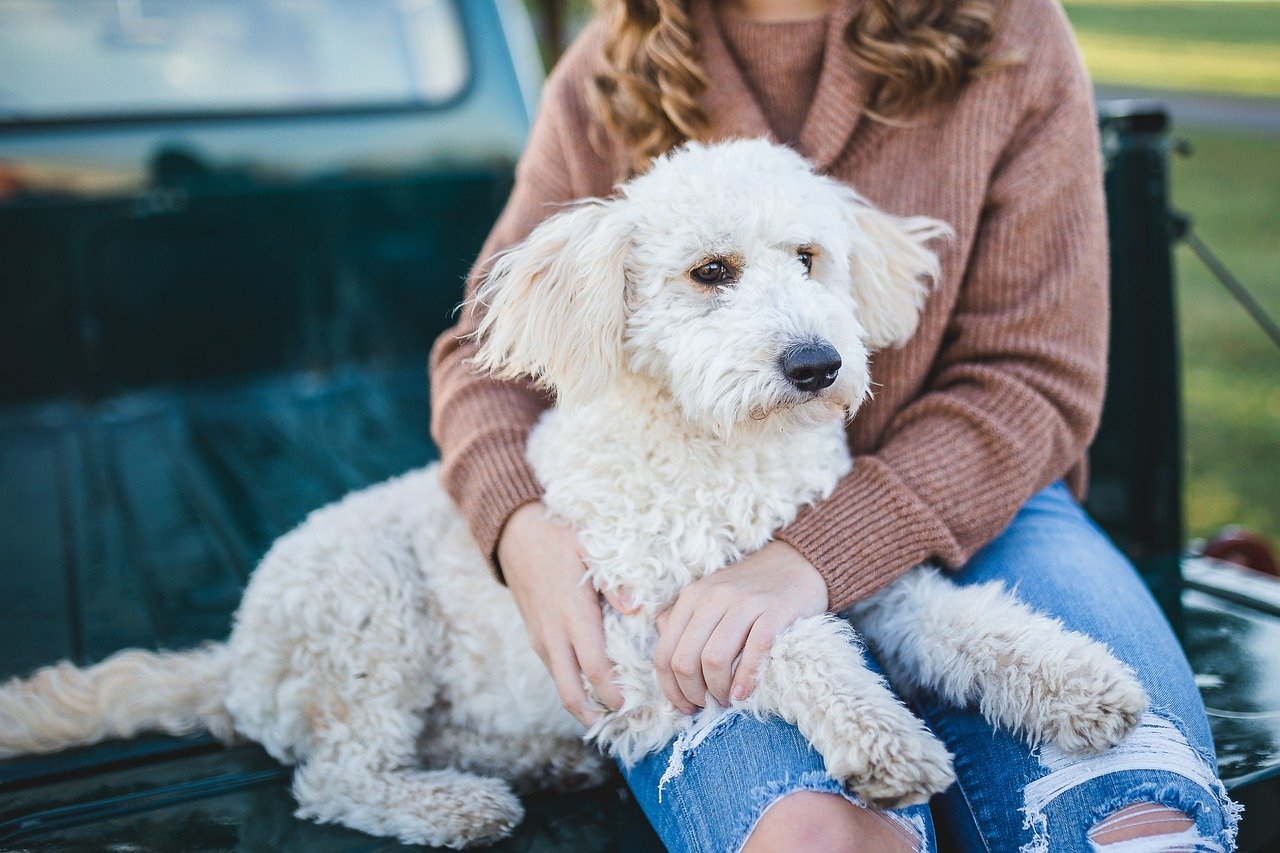
Many dogs adore cuddling with their humans, reveling in the warmth and closeness. Cuddling releases oxytocin, the “love hormone,” in both humans and dogs, fostering a sense of happiness and security. It’s a moment of shared affection that strengthens your bond. For dogs, cuddling is more than just physical contact; it’s a profound expression of trust and love. Just like a hug from a loved one, cuddles can melt away stress and bring immense joy.
11. Avoid Overbearing Hugging

While many dogs enjoy cuddles, not all are fans of tight hugs. Hugging can feel restraining to some dogs, making them uncomfortable or anxious. Unlike humans, dogs don’t naturally embrace each other, so a hug can be overwhelming. It’s important to recognize your dog’s cues and respect their comfort level. Think of it as someone invading your personal space; dogs appreciate when we maintain a respectful distance.
12. Skipping Walks

Skipping walks can be disappointing for dogs, as they look forward to this daily adventure. Walks provide not only exercise but also mental stimulation and a chance to explore the world. When walks are skipped, dogs may become restless or even develop behavioral issues. It’s like canceling a planned outing for us; it can dampen their spirits. Consistency in walks is crucial for their happiness and well-being.
13. Loud Noises and Yelling

Dogs have sensitive hearing and are easily startled by loud noises. Yelling or creating a noisy environment can cause fear and anxiety in dogs. They may associate loud noises with negative experiences, leading to stress or behavioral problems. Imagine being in a room with blaring sirens; it’s overwhelming and unsettling. Maintaining a calm and quiet environment helps dogs feel safe and secure.
14. Prolonged Eye Contact
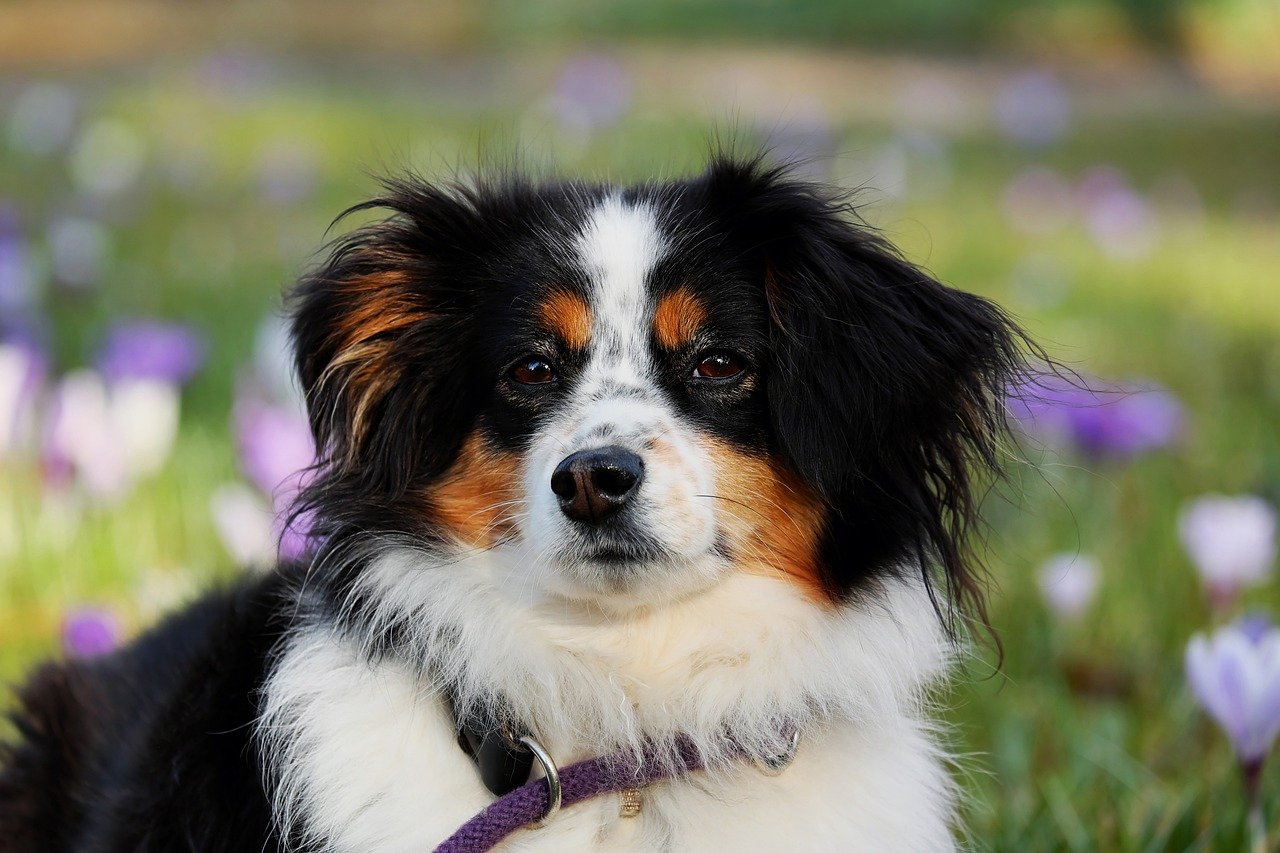
While eye contact can be a sign of affection among humans, it can be intimidating for dogs. Prolonged eye contact may be perceived as a threat, making them anxious or uncomfortable. It’s important to understand that dogs communicate differently, and respecting their communication style is key. Think of it as someone staring intently at you; it can feel invasive. Brief, gentle eye contact is usually more comfortable for dogs.
15. Dressing Them Up

While some dogs tolerate wearing clothes, others find it uncomfortable or restrictive. Dressing dogs in costumes or outfits can hinder their natural movements and make them uneasy. It’s essential to consider their comfort and preference before dressing them up. Imagine having to wear an itchy sweater all day; it can be irritating. If your dog dislikes clothing, it’s best to keep them in their natural fur coat.
16. Ignoring Their Signals
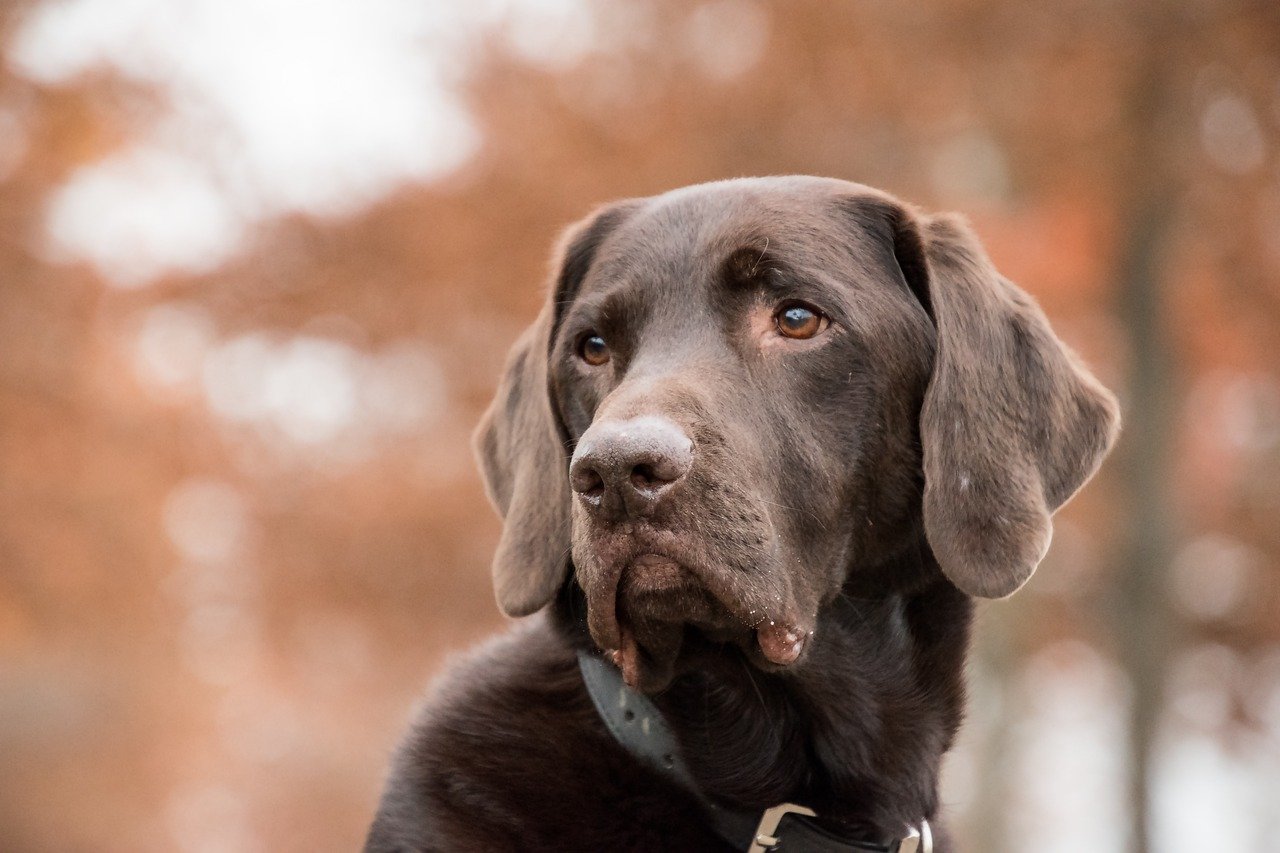
Dogs communicate through body language and vocalizations, and ignoring these signals can lead to misunderstandings. When dogs exhibit signs of stress, fear, or discomfort, it’s crucial to acknowledge and address their needs. Ignoring these signals is like dismissing someone’s plea for help; it can damage trust and lead to behavioral issues. Being attentive to their cues fosters a healthy and trusting relationship.
17. Leaving Them Alone for Too Long
Dogs are social animals and thrive on companionship. Leaving them alone for extended periods can lead to loneliness and separation anxiety. Dogs may become destructive or anxious when left alone for too long. It’s important to ensure they have enough interaction and stimulation throughout the day. Imagine being isolated for hours with no company; it’s distressing. Providing toys, companionship, or pet sitters can help alleviate their loneliness.
18. Inconsistent Training
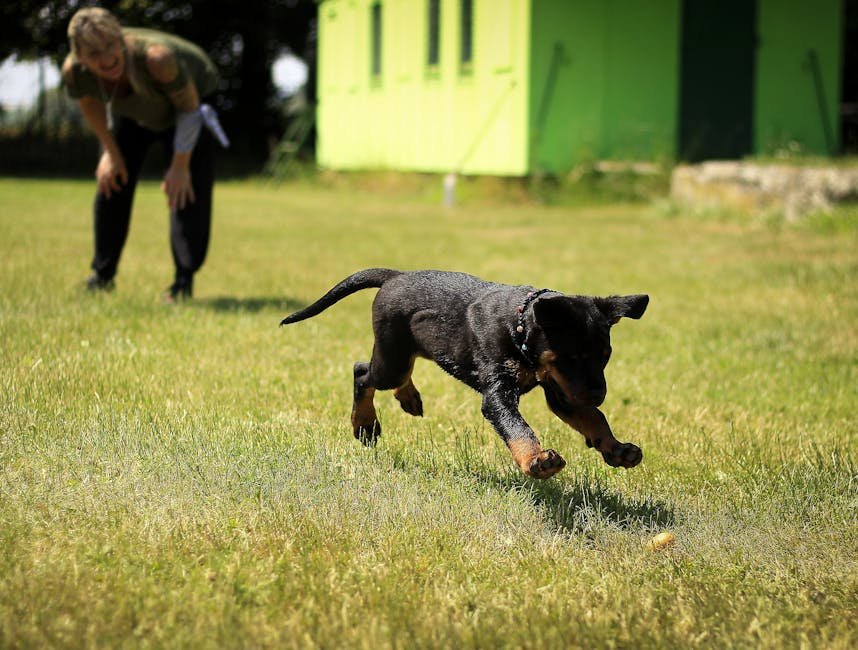
Inconsistent training can confuse dogs and hinder their learning process. Dogs rely on clear, consistent cues and guidance to understand what is expected of them. When training is inconsistent, they may become frustrated or develop unwanted behaviors. It’s like receiving mixed signals; it creates uncertainty. Consistent training helps dogs learn effectively and strengthens the bond between you.
19. Forced Interactions

Forcing dogs into situations they’re uncomfortable with can lead to stress and fear. Whether it’s meeting new people or interacting with other animals, it’s vital to respect their boundaries. Forcing interactions is like pushing someone into a crowded room when they crave solitude. Allowing dogs to approach new experiences at their own pace fosters confidence and reduces anxiety.
20. Not Providing Mental Stimulation
Mental stimulation is as crucial as physical exercise for dogs. Boredom can lead to behavioral problems and a decline in mental health. Providing puzzles, toys, and training exercises keeps their minds sharp and engaged. Imagine being stuck in a monotonous routine with no challenges; it’s stifling. Incorporating mental activities into their daily routine enriches their lives and keeps them happy and fulfilled.
Understanding and respecting your dog’s preferences can significantly enhance your relationship. By appreciating what they love and avoiding what they dislike, you ensure a harmonious and loving bond with your furry companion.





